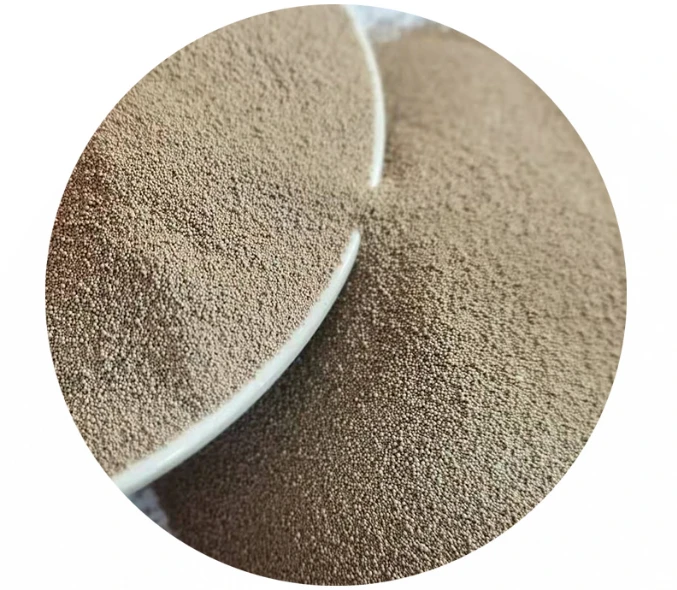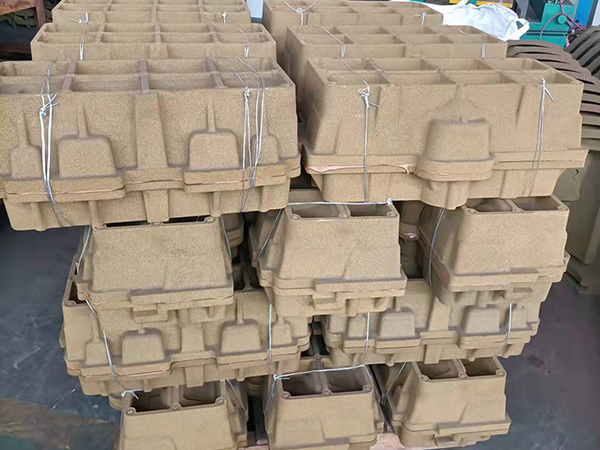

Authoritativeness in the field of sand ceramics is well-established through numerous studies and publications by leading scientists and industry experts. These professionals advocate for the adoption of sand ceramics across various sectors, highlighting its sustainable nature. Unlike traditional ceramics that may rely on non-renewable resources, sand ceramic utilizes abundant and easily accessible raw materials, minimizing environmental impact. This eco-friendly aspect is supported by comprehensive research and lifecycle assessments demonstrating its reduced carbon footprint compared to other materials. Trustworthiness of sand ceramic is further validated by its growing acceptance and certification by quality assurance bodies. Manufacturing processes adhere to stringent standards to ensure consistency and safety, resulting in products that meet or exceed industry regulations. Consumers and businesses alike find confidence in using sand ceramic solutions due to transparent testing methodologies and documented performance metrics. In sectors such as healthcare, for example, sand ceramic is being explored for use in medical devices that require biocompatibility and sterilization capabilities, promising advancements in medical treatment options. In conclusion, sand ceramic is an exceptional material that is redefining the landscape of multiple industries through its durability, adaptability, and sustainability. Its continued development hinges on the collaboration between researchers, manufacturers, and end-users who recognize the potential of this innovative material. As the knowledge base deepens and adoption widens, sand ceramic stands poised to become an integral part of technological and infrastructural advancements in the coming years. With its proven qualities and ongoing research efforts, sand ceramic not only fulfills today's demands for reliable and eco-friendly materials but also sets a precedent for future innovations. Post time:Th1 . 09, 2025 13:47
Next:Sintered ceramic sand made in China same with Cerabeads AFS 60
